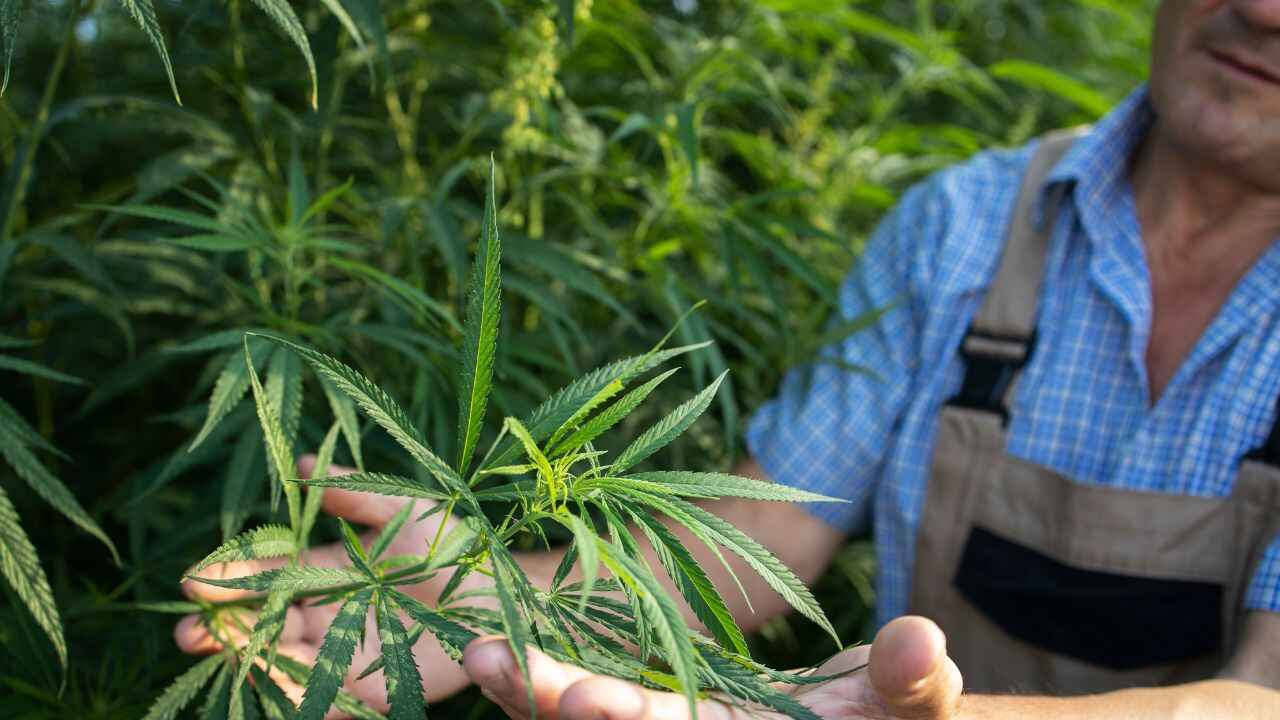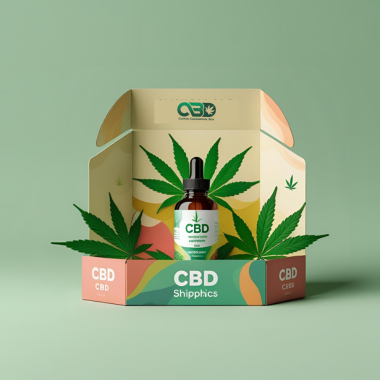The global industrial hemp market size reached around USD 5998.67 Million in 2024. The market is projected to grow at a CAGR of 19.00% between 2025 and 2034 to reach nearly USD 34160.53 Million by 2034. This rapid growth is driven by rising awareness of hemp’s versatility, sustainable properties, and growing demand in sectors such as food and beverages, textiles, bio-composites, and pharmaceuticals.
What is Industrial Hemp?
Industrial hemp is a variety of the Cannabis sativa plant species grown specifically for industrial use. Unlike marijuana, industrial hemp contains less than 0.3% THC (tetrahydrocannabinol), making it non-psychoactive and legal in many countries for industrial cultivation. It can be used for producing fibers, seeds, oil, biofuel, building materials, biodegradable plastics, and more.
Key Market Drivers
1. Increasing Demand for Sustainable Alternatives
As sustainability becomes a key concern globally, industries are actively seeking eco-friendly raw materials. Hemp, with its ability to grow quickly and require fewer resources, offers a greener alternative to conventional materials like cotton, plastic, and even concrete.
- Hemp fibers are biodegradable.
- The plant sequesters large amounts of CO₂.
- It grows in diverse climates with minimal pesticides.
These benefits make it highly attractive for industries aiming to reduce their environmental footprint.
2. Rising Application in Food and Beverages
Hemp seeds are a rich source of protein, omega-3 and omega-6 fatty acids, and various vitamins and minerals. As a result, the demand for hemp-based food and beverage products—such as hemp milk, protein powders, and snack bars—is surging among health-conscious consumers.
3. Expanding Use in Personal Care and Cosmetics
The growing popularity of CBD-infused personal care items and natural skincare products has fueled demand for hemp oil. Hemp-based ingredients are known for their anti-inflammatory and moisturizing properties, making them widely used in lotions, shampoos, and anti-aging creams.
4. Government Policy Support and Legalization
Several countries, including the U.S., Canada, and many parts of Europe and Asia, have relaxed restrictions on hemp cultivation. Regulatory support and clearer frameworks have encouraged farmers and companies to invest in hemp farming and processing facilities.
Segment Analysis
1. By Product Type
- Hemp Fiber: Used in textiles, construction, automotive, and paper industries. The demand for hempcrete (hemp + lime) is gaining traction in sustainable building.
- Hemp Seed: Widely used in the food and health supplement industries.
- CBD Hemp Oil: Primarily used in the pharmaceutical, wellness, and cosmetic sectors.
2. By Application
- Textiles and Apparel: Hemp fibers are used to produce breathable and durable fabrics. With the rise of eco-conscious fashion, hemp is becoming a fabric of choice.
- Food and Beverages: Nutrient-rich hemp seeds are incorporated into protein powders, energy bars, and plant-based milk.
- Automotive: Bio-composites made from hemp are being used in car panels and interiors by brands like BMW and Mercedes.
- Construction and Insulation: Hempcrete offers superior thermal and acoustic insulation.
Regional Insights
North America currently dominates the market due to early legalization in countries like the U.S. and Canada. The 2018 U.S. Farm Bill, which legalized hemp cultivation, significantly boosted production and R&D investments.
Europe is also witnessing substantial growth, especially in countries like France, the Netherlands, and Germany. The region is focused on bio-based materials and low-emission agriculture.
Asia-Pacific, led by China and India, holds vast potential due to centuries-old hemp cultivation traditions and increasing industrialization. China is already a leading exporter of raw hemp and textiles, while India is making policy strides to commercialize its hemp industry.
Innovation and R&D
The industrial hemp market is experiencing a wave of innovation. Companies are investing in:
- Genetic research to develop high-yielding, pest-resistant hemp strains.
- Bioplastics made from hemp cellulose to replace petroleum-based plastics.
- Nano-enhanced hemp composites for high-performance materials in aerospace and defense.
Challenges and Restraints
Despite its potential, the industrial hemp market faces several barriers:
- Regulatory Confusion: Varying legal standards and THC limits across countries complicate international trade.
- Limited Infrastructure: In many regions, processing facilities and supply chains are underdeveloped.
- Stigma: Hemp still faces social and regulatory stigma due to its association with cannabis.
However, as governments and consumers become more educated on hemp’s benefits, these challenges are expected to diminish.
Future Outlook
The outlook for industrial hemp is exceedingly positive. By 2034, the market is expected to reach USD 34.16 Billion, reflecting its expanding applications and role in a sustainable economy. The future will likely see:
- Greater integration into green building materials.
- Expansion of hemp-based health supplements.
- Broader use in bioplastics and packaging solutions.
- Surge in international trade and cross-border partnerships.









